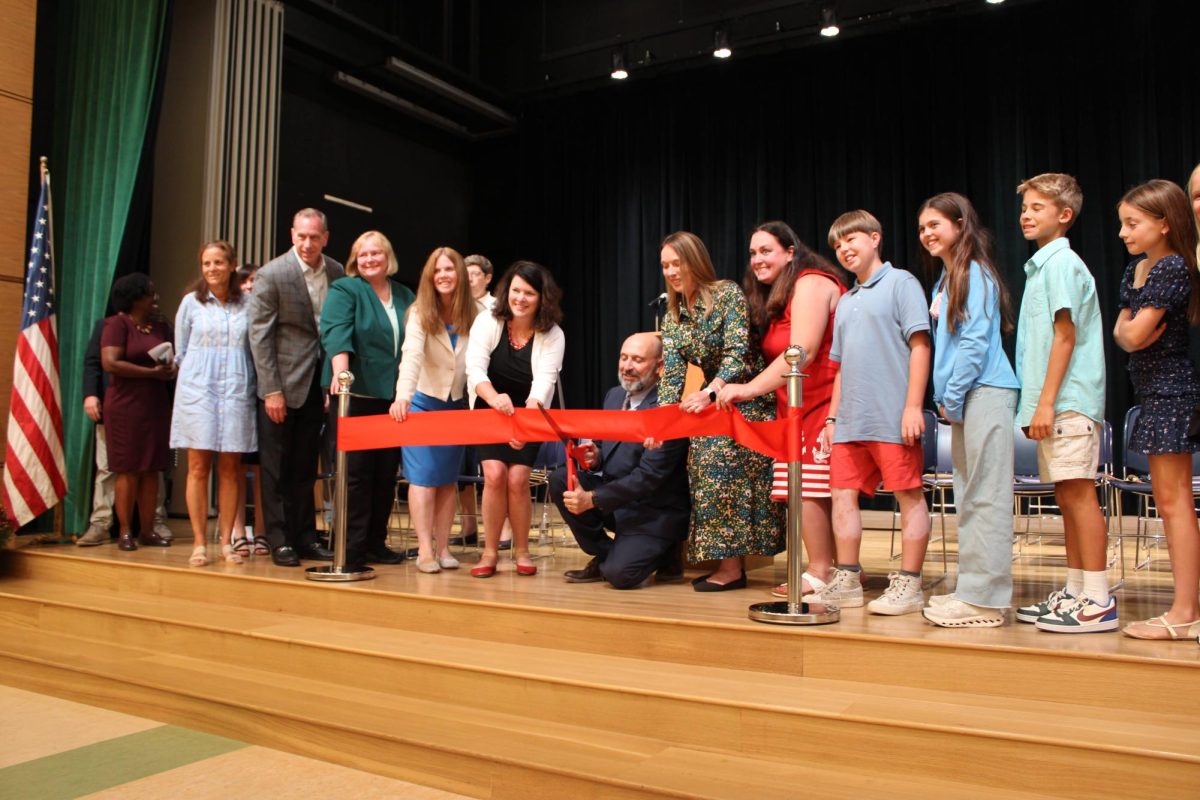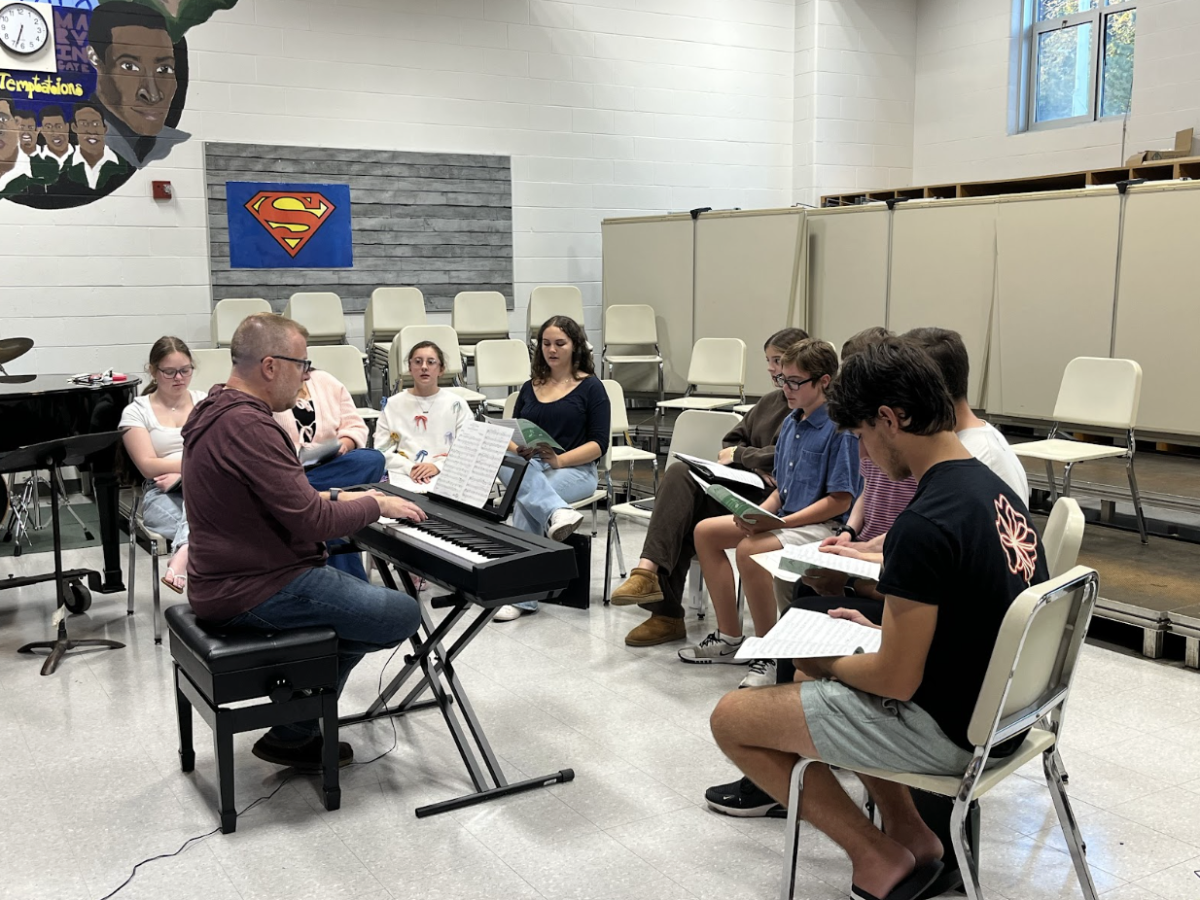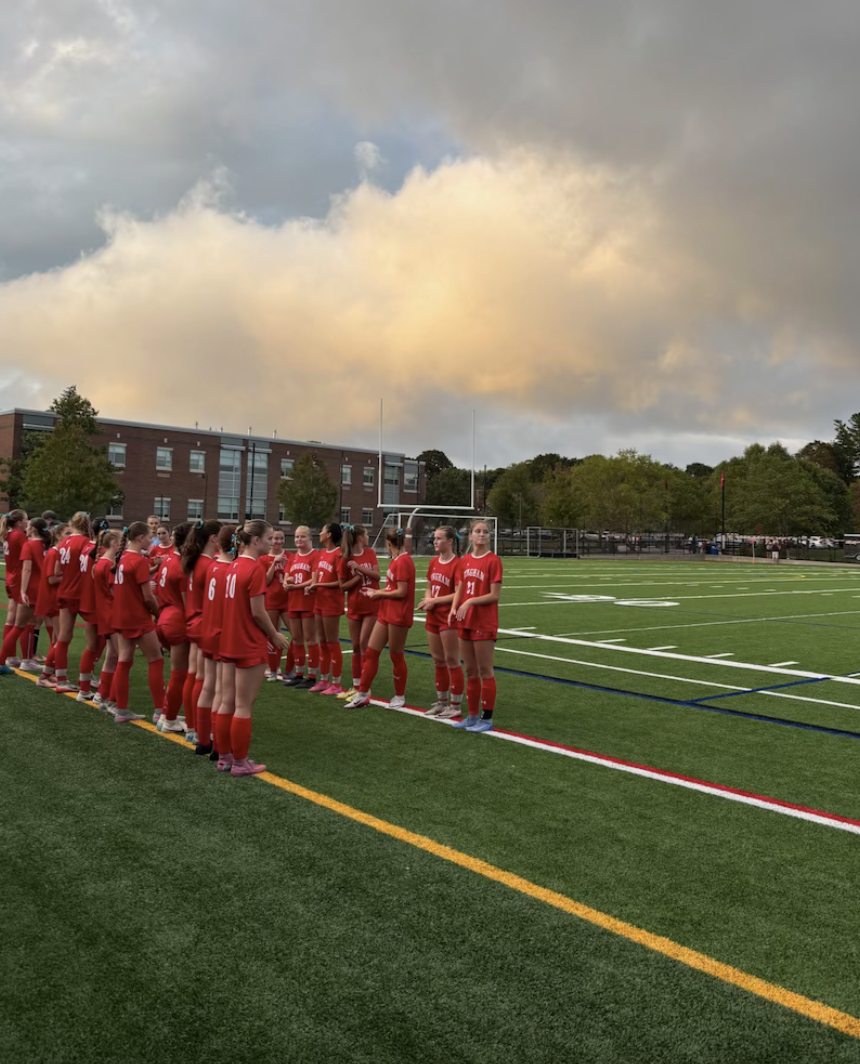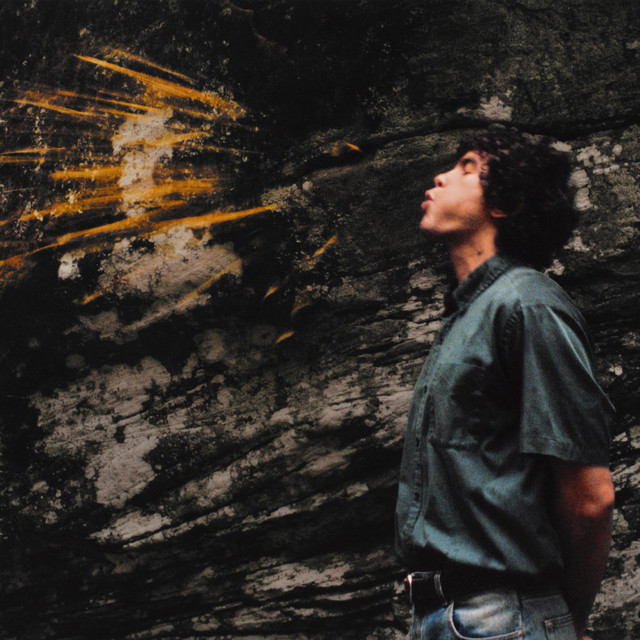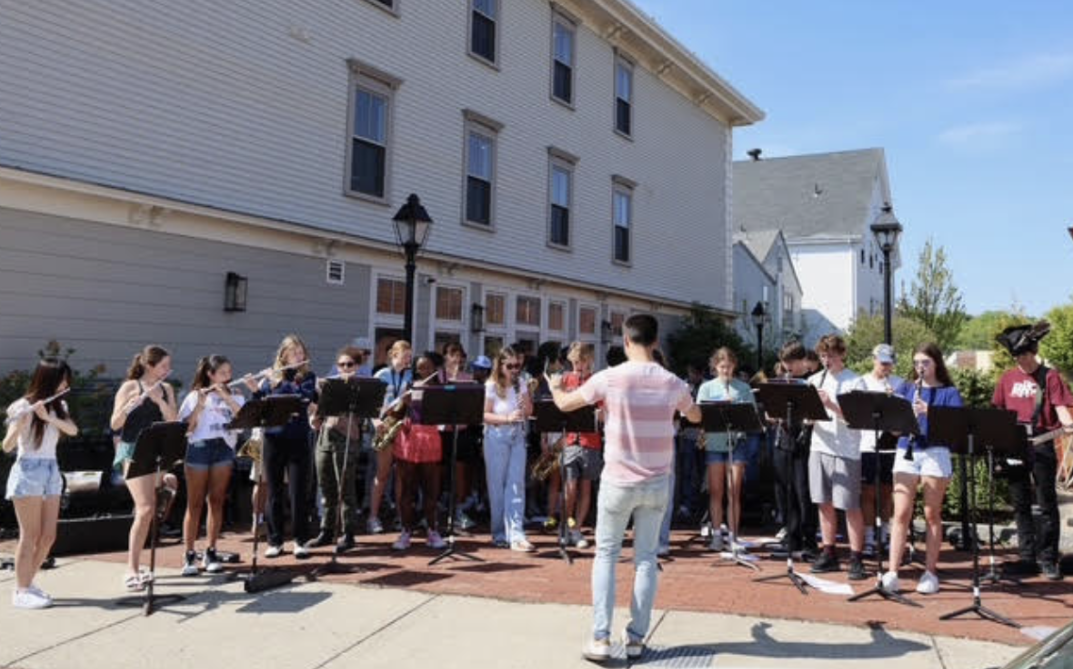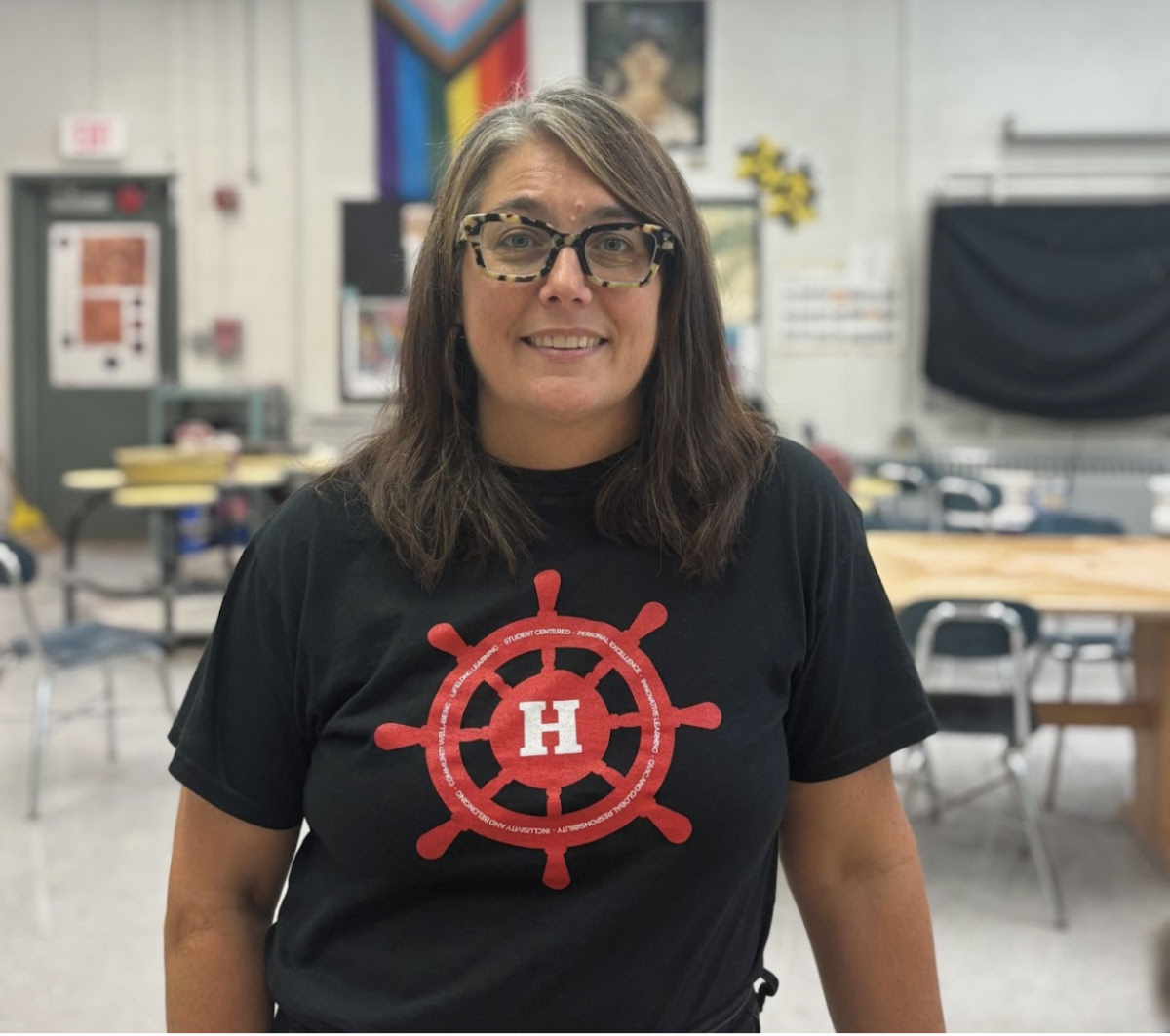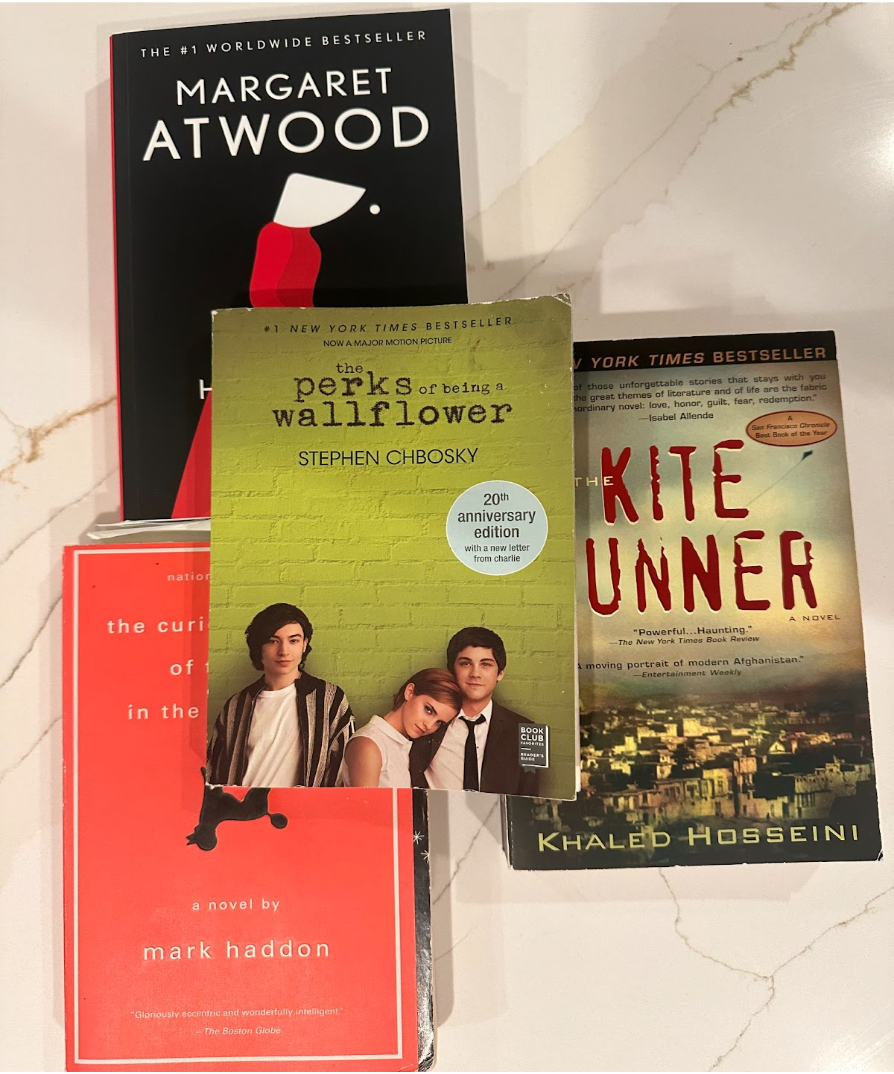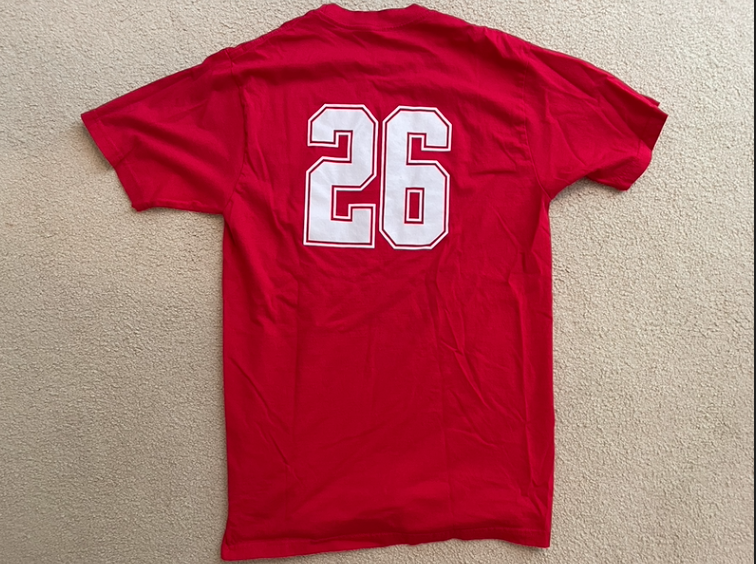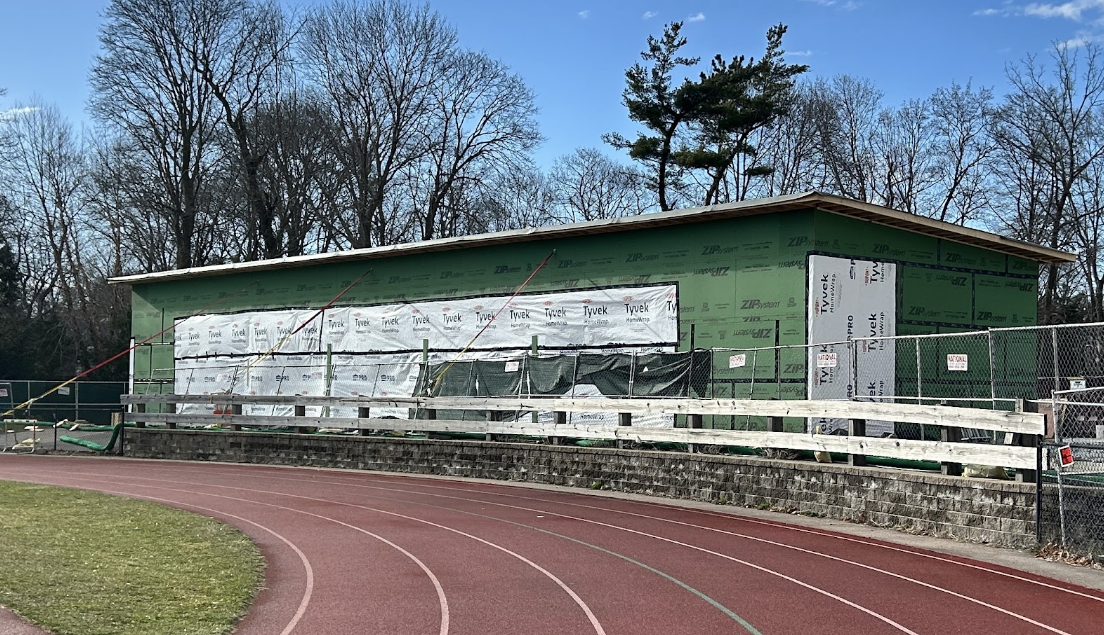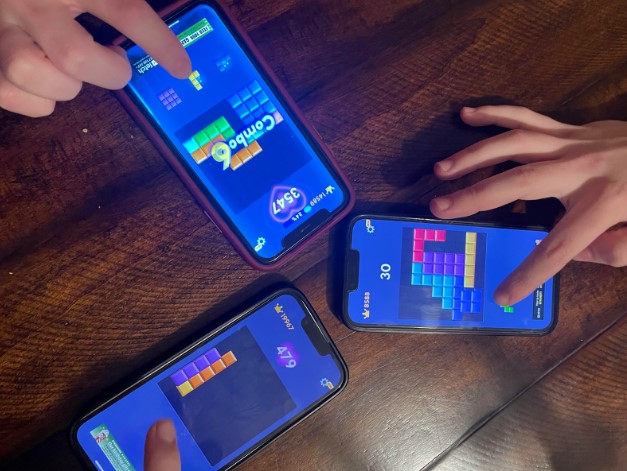Ms. Papuga explains how, “Art isn’t about finding something outside of yourself, it’s about expressing what’s already there.” Many students who attend Hingham High School know that Ms. Papuga is the ceramics teacher, but only the ones who have had the opportunity to take her class have immersed themselves in the clay experience while getting to know her as a teacher. Molding and throwing clay on a wheel is a difficult skill to master and can be frustrating at first for students. Ms. Papuga recognizes this challenge because she too was once a student at the high school. Ms. Papuga was fifteen years old when she took a hand building clay class in the Drawing and Painting room. At the time there were only six wheels in the art room. When Ms. Papuga took the class she had no idea whether or not the clay experience was for her, all she knew was that she loved art and that is what pushed her into taking the class. Over the next couple of years she progressed more on the wheel and sculpting clay and her art teacher at the time recommended that she enroll in the Scholastic Art Awards. She entered a piece made of clay that was sculpted to look like a gingerbread house and the piece was displayed in Boston. She ended up falling in love with clay, sculpted pieces, and wheel pieces. Today she teaches at Hingham High, but she also enjoys wheel throwing outside and gifting the many pieces she makes to friends and family.
Ms. Papuga teaches multiple levels of clay classes including introduction to ceramics, introduction to wheel throwing, and her advanced ceramics. Her advanced students already have the basic knowledge about ceramics that they learned in their introductory classes so the students are more independent with their work and produce more high quality pieces. Nevertheless, her intro classes have their perks as well. In fact, her favorite part of teaching begins in her introduction classes. Ms. Papuga starts with about fifteen students in her introductory classes, and all of these students rely on her, especially on the wheel. She watches them go from being completely dependent on her to growing confidence in their ability to work with clay and become independent throughout the years. Ms. Papuga describes the process of how she is, “Going to hold your hand at first, and then I’m going to really push you and watch you flourish.” Before Covid Ms. Papuga had freshmen who would take the class and stick with it until senior year, now she wishes more students would not wait to take the class until junior or senior year because she finds that they regret not taking the class earlier. However, the kids who do take the classes for three or four years gain independence and have the chance to truly develop in the world of ceramics. This development is her favorite part of teaching.
Ms. Papuga would describe the actual wheel throwing process as difficult, but it is all about stabilizing the body and understanding how to adjust the clay and apply the right amount of pressure. The process takes time to learn and requires focus, but overtime students will learn how to center clay, create an opening, pull up the walls, and stretch the clay into their desired shape. In terms of projects, students will complete multiple projects throughout the semester. In the introductory classes many students enjoy the tutorial projects like the fish mugs. In the advanced classes, Ms. Papuga does different projects from year to year and the students brainstorm their projects on their own so they have more creative liberty.
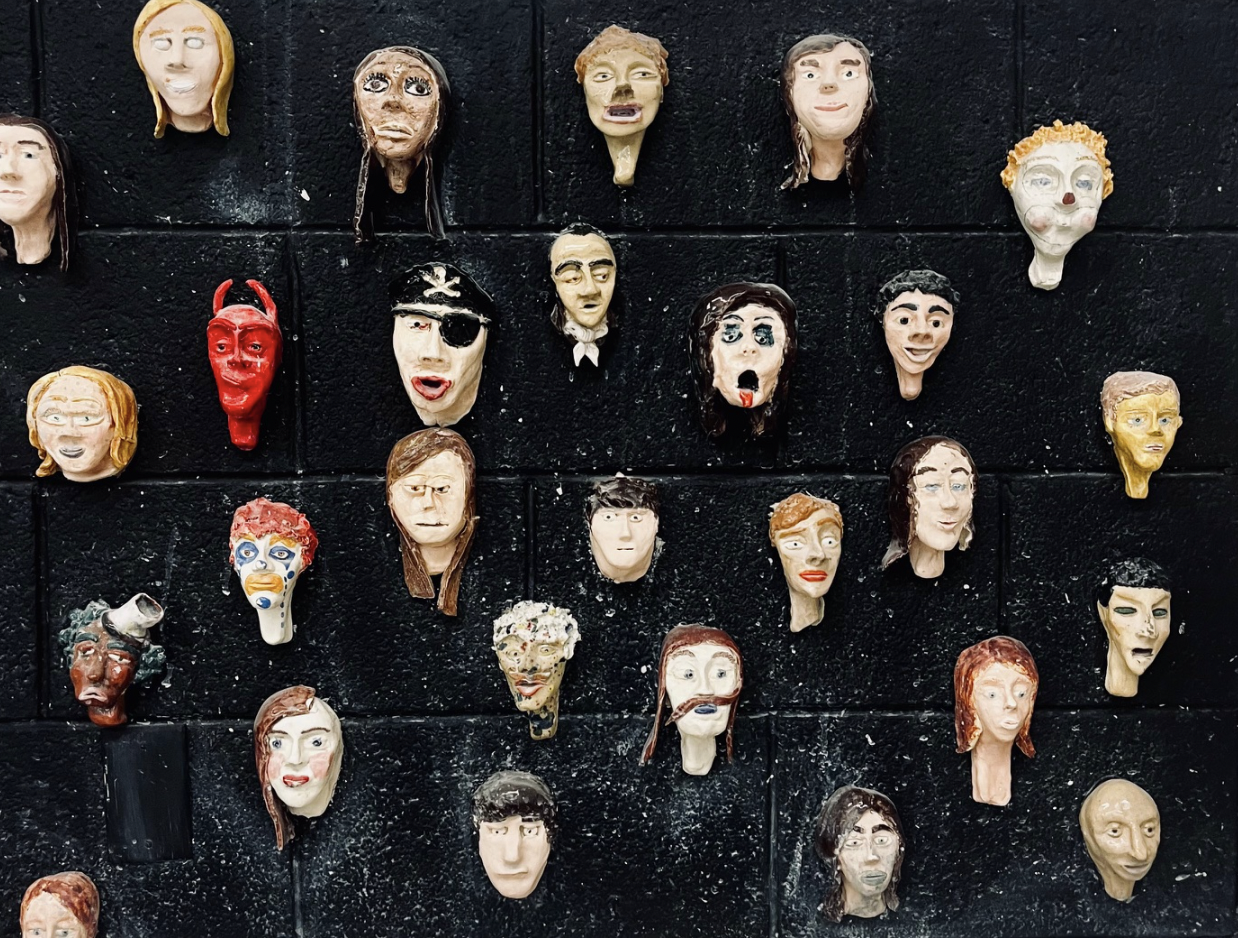
“There is a misconception about art, and pottery specifically, that you’re either good at it or not, because this is a skill you need to work on for a great amount of time to be successful.” Ms. Papuga describes art as an activity someone has to practice in order to get better at; it will take time and effort but in the end it will be worth it. She always has a small handful of students who drop the class the first couple of days and she wishes they could stick with clay for just a month because overtime they will get better and will enjoy the class. Another challenge Ms. Papuga faces is the frequency with which her students use cell phones. She describes how the more our society relies on their phones or AI the less ideas the youth have. Ms. Papuga recalls how twenty years ago students were practically bursting with ideas when it came to making their next artistic piece, but now they want to look at the internet to figure out what to do. She wants her students to be able to figure out their own ideas and have creative freedom, especially in her advanced classes, to do what they want.
Many of her students find her class to be their favorite part of their day and a good time to unwind. Bella Torres describes the class as, “being able to take a break from the school day and being able to play and create.” Ms. Papuga creates an atmosphere where students feel comfortable and not stressed like many other classes they have at school. Sevgi Gencoglu also mentions how “everyone is very helpful, kind, and there’s no judgement on what we create.” Again, the atmosphere in Ms. Papuga’s classroom is welcoming and a place where students can be kind to one another.
Of course the pottery experience can be challenging, but Ms. Papuga encourages all students to take one of her classes. She describes how, “It’s so different from the rest of the day, it’s practically like recess for high school students.” It’s a unique experience and Ms. Papuga stresses that students should try getting their hands dirty in clay and creating plates, bowls, mugs, vases, and other unique pieces. Ms. Papuga would tell all students debating whether or not to take her class, “Why not try it, you have nothing to lose.”

